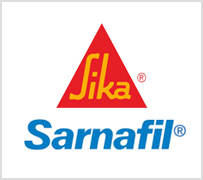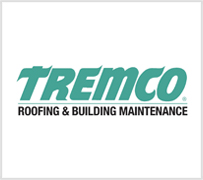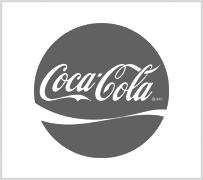
Home / News / Do Cool Roofs Work in Cool Climates?

The concept of cool roofing is to use roofing materials that reflect the sun’s rays to save energy. Many cool roofs reflect as much as 75% to 80% of incoming sunlight, which means only 20 to 25 percent of the sun’s energy is absorbed into the roof. That’s a lot less energy to be absorbed into the home or building, thus saving quite a bit on electric & air conditioning costs.
The question is, does the same concept work in cooler climates? The answer is yes, but with some qualifications. There are five reasons why the heating costs aren’t as severe as air-conditioning costs, which makes cool roofs not quite as effective in cool climates as warm ones.
That being said, cool roofs don’t just use high reflectivity, but also utilize other factors such as insulation, roof orientation and the roof pitch to contribute to the building’s overall thermal efficiency. These factors can and will make a difference in cooler climates. For example, in a cold climate, orienting the bulk of the roof toward maximum sunlight can help warm the home or building (and shed snow), thereby allowing home and business owners reduce their heating costs. The pitch of the roof can also reduce snow build up and prevent ice dams and even roof collapse. And finally, better insulation means lower heating costs as well.
Even in moderate climates where no air or heat are really necessary, cool roofs can still regulate the temperature inside the home or business. The same can be said for homes or businesses with metal roofing. A reflective coating on barns, sheds or homes can help keep temperatures from soaring in the summer, or warmer in a cooler climate using a darker coating on the metal to absorb heat.
Cool roofs in an urban area can help significantly reduce the urban heat island effect. Toronto did a study that showed that if cool roofs were adopted widely, the city could save $10 million a year on energy costs. Nationwide, that could mean $750 million in energy costs in urban areas.
In short, cool roofs work, whether you are in a warm or cool climate.











